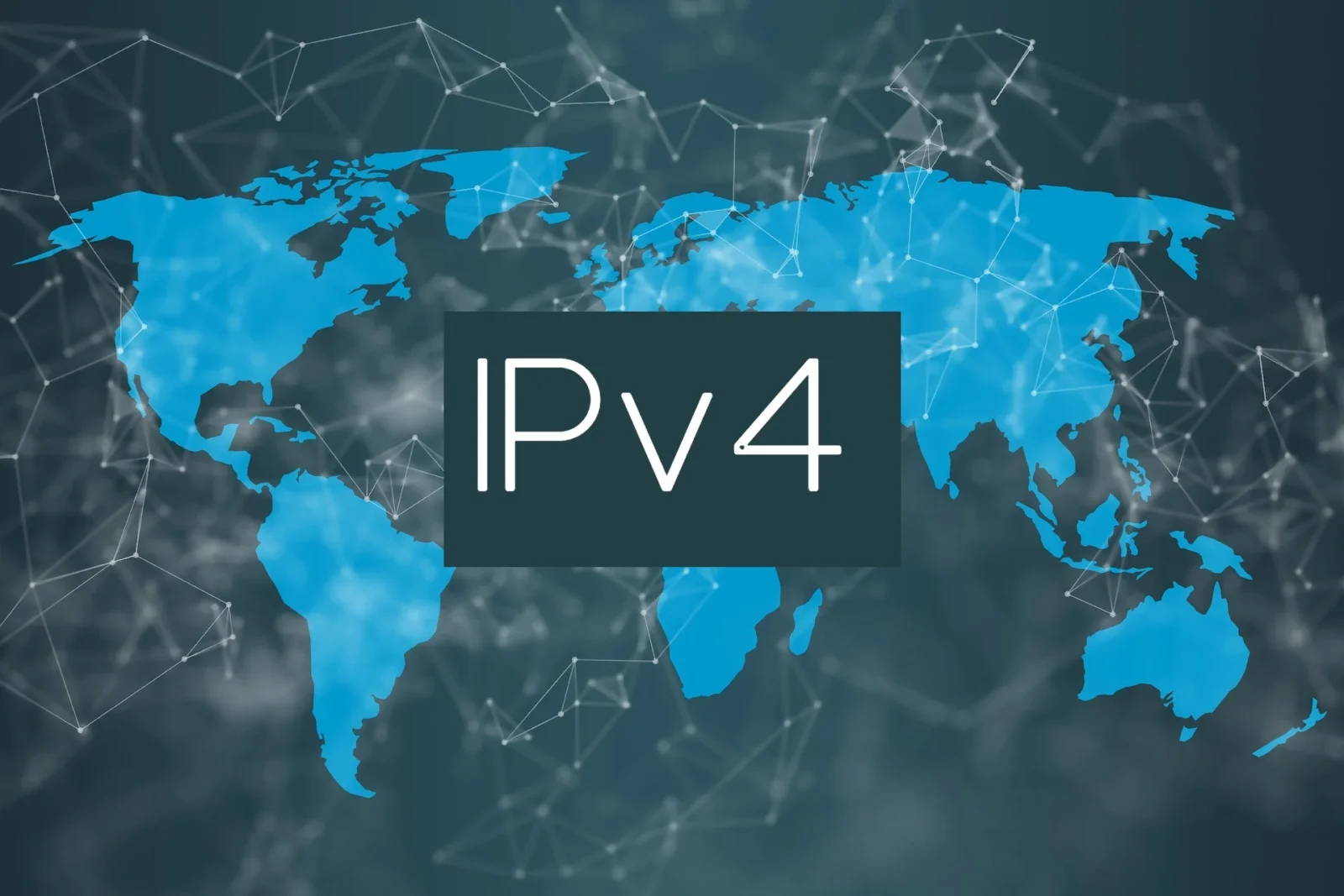
The impending exhaustion of IPv4 addresses has been a topic of concern in the networking community for years. As the Internet continues to expand and the number of connected devices proliferates, the finite pool of available IPv4 addresses is rapidly dwindling. In this blog post, we’ll explore the causes of IPv4 address exhaustion, its implications for the future of the Internet, and the solutions being implemented to address this pressing issue.
Causes
The primary cause of IPv4 address exhaustion is the exponential growth of Internet-connected devices. With the proliferation of smartphones, IoT devices, and other Internet-enabled gadgets, the demand for unique IP addresses has skyrocketed. Additionally, the early design decisions of IPv4, such as its 32-bit address space, limited the total number of available addresses to approximately 4.3 billion, which is proving inadequate to accommodate the expanding Internet population.
Implications

The exhaustion of IPv4 addresses has several significant implications for the Internet ecosystem. First and foremost, it hampers the continued growth and expansion of the Internet, particularly in regions with rapidly increasing Internet penetration rates. Additionally, IPv4 address scarcity can lead to the proliferation of Network Address Translation (NAT) techniques, which introduce complexities and inefficiencies into network architectures. Moreover, the lack of available IPv4 addresses can hinder the deployment of new services and technologies, limiting innovation in the digital landscape.
Solutions
To mitigate the challenges posed by IPv4 address exhaustion, several solutions have been proposed and implemented:
IPv6 Adoption: IPv6, the successor to IPv4, offers a vastly expanded address space, with 128 bits compared to IPv4’s 32 bits. IPv6 adoption is seen as the long-term solution to address the scarcity of IPv4 addresses. By transitioning to IPv6, organizations can access a virtually unlimited supply of IP addresses, ensuring the continued growth and scalability of the Internet.
Dual-Stack Deployment: Dual-stack deployment involves running both IPv4 and IPv6 protocols simultaneously on network infrastructure and devices. This approach allows for a gradual transition to IPv6 while maintaining compatibility with existing IPv4 infrastructure. By supporting both protocols, organizations can ensure seamless communication between IPv4 and IPv6 networks during the transition period.
IPv4 Address Sharing: IPv4 address sharing techniques, such as Carrier-Grade NAT (CGNAT) and IPv4 address pooling, enable multiple devices to share a single public IPv4 address. These solutions help alleviate IPv4 address scarcity by maximizing the utilization of available addresses. However, they can introduce complexities and performance issues, particularly in peer-to-peer applications and real-time communication services. Find out what is possible at Prefixbroker.com.
IPv4 Address Trading and Transfer: Some organizations have turned to IPv4 address trading and transfer markets to acquire additional IPv4 addresses. By buying and selling IPv4 address blocks, organizations can supplement their address space and meet their connectivity requirements. However, IPv4 address trading can be costly and may not be a sustainable long-term solution.
Global Disparity in IPv6 Adoption

Despite the clear need for a transition to the new internet protocol, adoption rates vary significantly worldwide. Developed nations often lead in deployment, leveraging advanced infrastructure and resources. Conversely, developing countries face hurdles due to limited access to modern technology and financial constraints, hindering their progress. This discrepancy not only affects global connectivity and network efficiency but also creates digital divides, impeding equitable access to internet resources and opportunities. International collaboration and supportive policies are essential to bridge this gap, ensuring a unified and inclusive approach towards a universally connected future.
Technological and Operational Challenges in Transition
Migrating to the successor of IPv4 entails significant technological and operational hurdles. Organizations must update or replace legacy hardware and software, which may not support the new protocol standards. This process involves substantial financial investment and technical expertise. Furthermore, the operational shift requires extensive training for IT staff to manage the new network configurations and security protocols effectively. These challenges can deter entities from initiating the transition process, leading to delays in global adoption and potential inefficiencies in network communication.
Security Considerations in IPv4 and IPv6
The transition introduces unique security challenges and opportunities. The newer protocol’s design inherently supports more robust security features, such as end-to-end encryption and better authentication methods. However, this does not automatically translate to a safer network environment. The coexistence of both protocols during the transition phase can introduce vulnerabilities, as attackers may exploit differences in security implementations. Additionally, the vastness of the new protocol’s address space can complicate monitoring and threat detection, necessitating advanced security tools and strategies to maintain network integrity.
Economic and Policy Factors in IPv6 Adoption
The economic implications of transitioning to the new internet protocol are significant. The initial cost of upgrading infrastructure can be prohibitive for many organizations, especially small and medium-sized enterprises. Additionally, the lack of immediate tangible benefits can deter investment in the new technology. Policy interventions, such as government subsidies, tax incentives, and regulatory mandates, play a crucial role in incentivizing the transition. Effective policies can lower barriers to entry, encourage widespread adoption, and ultimately ensure a smoother and more equitable transition process.
Environmental Impacts of Network Infrastructure Transition

The shift to the new internet protocol carries environmental considerations. Upgrading or replacing network infrastructure to support the new standards can lead to increased electronic waste, contributing to environmental pollution. However, the transition also offers opportunities for more energy-efficient networking technologies, potentially reducing the overall carbon footprint of internet infrastructure. Balancing the environmental impacts of this technological evolution requires careful planning, adoption of sustainable practices in hardware production and disposal, and leveraging the energy efficiency potential of the new protocol to offset the environmental costs of the transition.
Conclusion
IPv4 address exhaustion presents significant challenges for the future of the Internet, but it also spurs innovation and adaptation within the networking community. By embracing IPv6 adoption, deploying dual-stack architectures, and implementing address-sharing techniques, organizations can navigate the transition to a more sustainable and scalable Internet infrastructure. While the road ahead may be paved with technical and logistical challenges, the collective efforts of stakeholders across the Internet ecosystem are essential to ensuring the continued growth and prosperity of the global network.
















